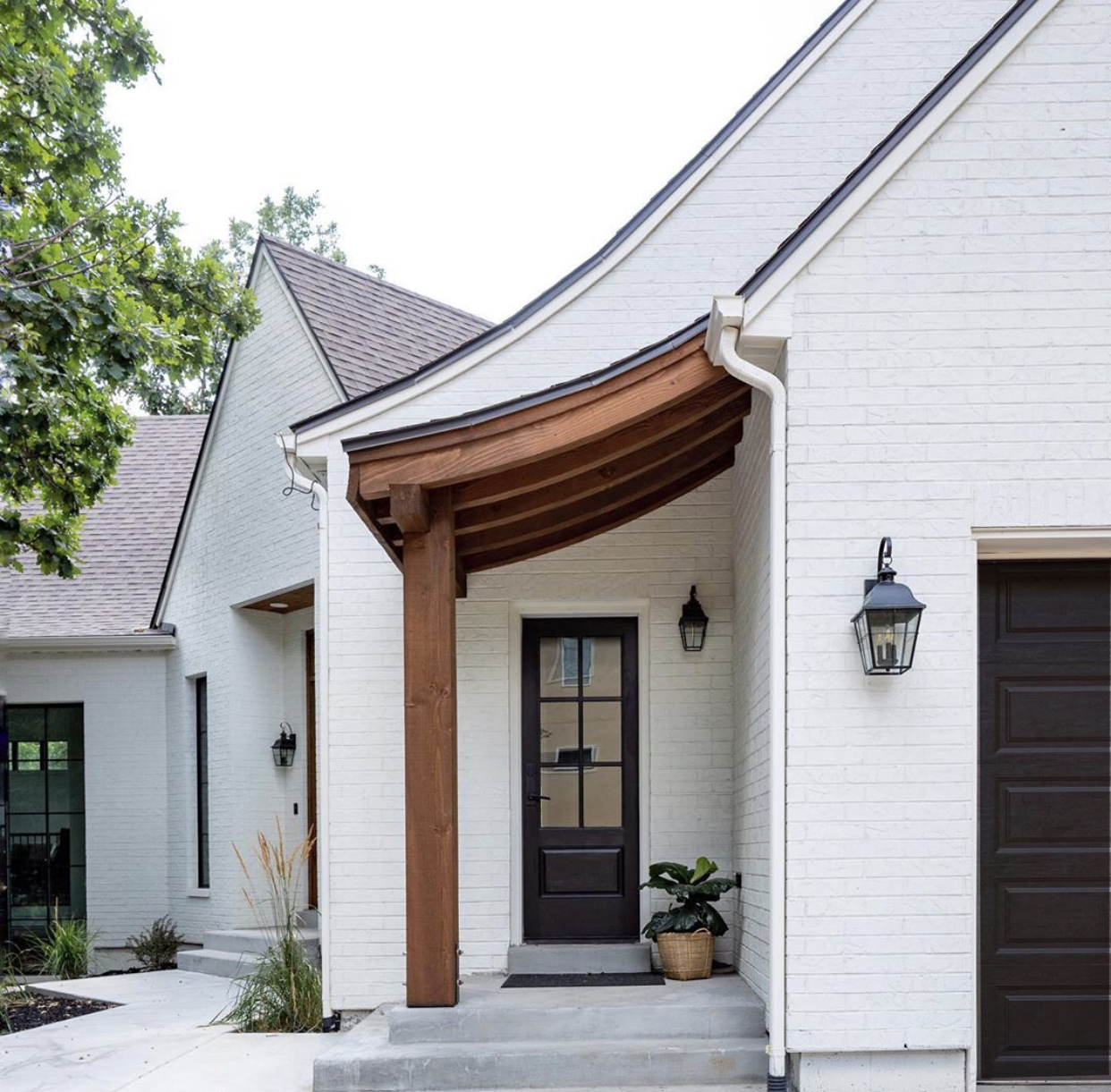1. Get Ready for Home Ownership
- Build a good credit history
- Get mortgage pre-approval
- Find out what type of mortgages you qualify for
- Save up for a down payment (typically 10-20% of a property’s value; if FHA-qualified, then possibly less)
- Consider closing costs which can include taxes, attorney’s fees, and transfer fees
- Consider utilities and monthly bills

2. Find a Real Estate Professional
- Before you sign any agreement make sure you like who you are going to be working with
- Get a referral from friends, family, and work colleagues
- Ask the real estate professionals you interview about buyer’s representation contracts and agreements; make sure you understand the terms
- Explain your needs and expectations to the real estate professional you choose to work with
3. Find the Right Property
- Determine what is important to you, such as particular schools, neighborhood amenities, monthly mortgage payment, public transportation, walkability, etc.
- Make sure you include homeowner’s assessments, utilities, and taxes when calculating the monthly mortgage payment
4. Finance the Property
- Contact your mortgage broker or lender
- The lender or attorney will run a title search to ensure there are no clouds on the title preventing you from taking ownership
- Make sure you understand the financing terms—if needed, ask the lender for clarification
5. Make an Offer
- Ensure the property is inspected by a licensed home inspector
- Make sure the title is clear
- Read all contracts before signing—ask questions to make sure you understand all of the terms
- Place a competitive bid and be prepared to make a counter-offer
- Keep your credit score stable and in-check by waiting to purchase any big-ticket items until long after the closing
- Only one offer will result in a sale, so be prepared to move on if your offer is not accepted
6. Closing and Life After the Big Purchase
- Protect your new asset by obtaining insurance such as homeowner’s, flood, disaster, and fire
- Weatherproof your new home
- Maintain files—digital or print—for all warranties, insurance documents, contracts, etc.
- Keep original closing documents in a safe place, preferably outside the home (such as a safety deposit box)
- Set up utility bills in your name, maintain files
- Implement desired aesthetic changes such as painting, minor construction, and re-flooring
- Set a move date and hire movers or plan a move party with your friends
- Get to know your neighbors and explore your new neighborhood
- If you’re happy with the work of your real estate professional, be sure to recommend her/him to friends and family.
- Having a real estate agent that is knowledgeable, experienced, and ready to serve is important throughout the whole process!



